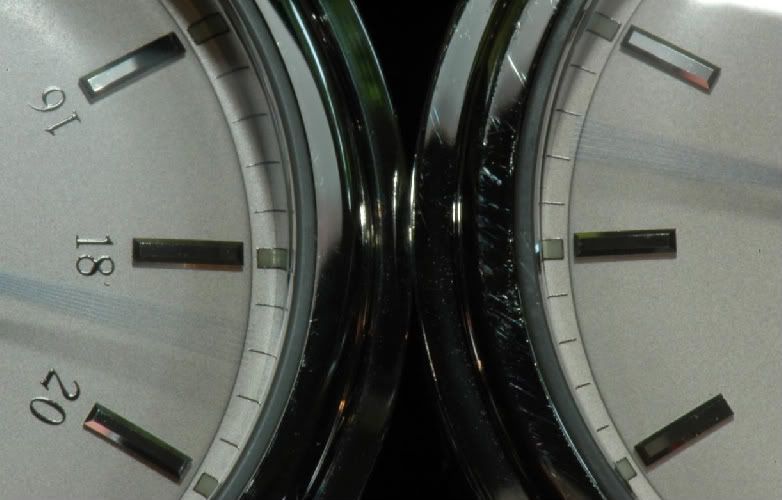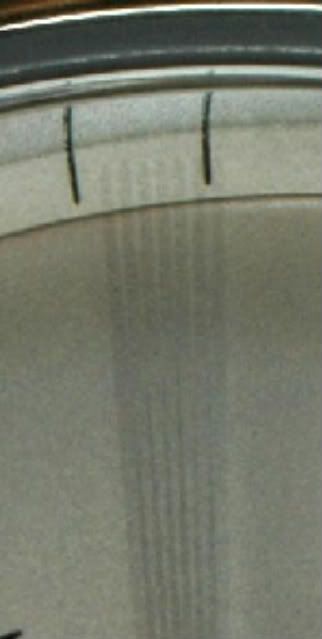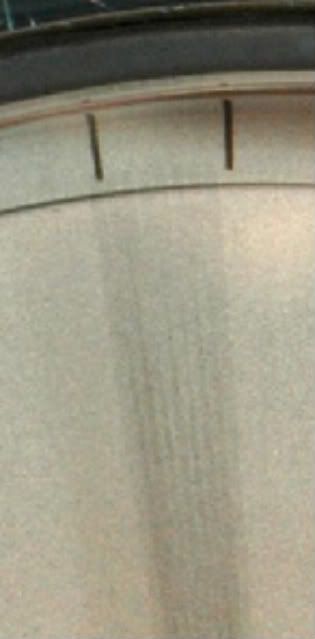| Informational Websites | ChronoMaddox -- the legacy of Chuck Maddox | OnTheDash -- vintage Heuer website | Zowie -- Omega information |
| Discussion Forums | ChronoMaddox Forum | Heuer Forum | Omega Forum |
| Counterfeit Watchers | ChronoTools Forum | ChronoTrader Forum |
|
|
The largest independent, non-commercial, consumer-oriented resource on the Internet for owners, collectors and enthusiasts of fine wristwatches. Online since 1998. | |||||||
|
||||||||
|
||||||||

Feel free to discuss pricing and specific dealers. But 'for sale' postings, commercial solicitation and ads are not allowed. Full archive of all messages is accessible through options in the Search and Preferences features. Privacy, policies and administrivia are covered in the Terms of Use.
| For the answer to the NUMBER #1 most frequently asked question here--for details or value of a specific older Omega watch you have--go to: Tell Me About My Omega. | Learn more about How To Include Photos and HTML In Your Postings. | To contact someone with a question not relevant to other readers of the forum, please click on their email address and contact them privately. |
: I had a similar problem about a month after I bought my 300M GMT
: Co-axial. It stopped running after wearing it every day. I sent
: it back to the Omega Service Center, fixed it (took about six
: weeks), and the only response I got back that this is a known
: problem with the first generation co-axials.
: Does anybody else know anything more about this problem with the
: co-axial? From looking around the Web, it does not appear to be
: a widespread issue.
: - JR
There are three versions of the calibre 2500 - A, B and C. The A version was used only in the first limited and numbered Deville Co-axials; your watch does not have one.
The GMT version is the calibre 2528, of which there are A and B versions.
2500B is the same calibre as 2528A, which has a GMT module on it.
2500C is the same calibre as 2528B.
The 2500B and 2528A have a known issue with failing to start after setting. These calibres beat at 28,800 or 8 ticks per second. I have a Deville 2500B, and it sometimes exhibits this issue. Rather than having the watch serviced, I simply look at the watch after I set it and first put it on to ensure it is running. A light tap or shake of the wrist is all that is required.
Omega changed the 2500C and 2528B to beat at 25,600 or 7 beats per second, which is closer to the ideal frequency for the coaxial escapement (I'm told), making it a better timekeeper, more reliable and stable. I have a Deville GMT 2528B and it has no issues.
See these one second exposures to see the difference in my two very similar watches.

2528B with 7 beats per second 2500B with 8 beats per second


2528B with 7 beats per second 2500B with 8 beats per second
Rather than servicing your watch (and any 8 beats per second movements), I understand Omega often replaced the movements with the more stable 7 beats per second version. Very few people notice the difference, and timekeeping usually improves.
If you are curious, take a one second exposure of your second hand and count the beats. One of your photographer friends would relish the challenge if you don't have the time and equipment.
I strongly suspect you have (now) a 7 beats per second watch.
Other than this issue (where Omega did not follow the advice of the inventor of the coaxial escapement, George Daniels, to use 7 beats per second from the start), I am aware of no other issues. As with most new technologies coming to market, there were a few missteps along the way.
Sam aka Hewybaby
| Chronocentric and zOwie site design and contents (c) Copyright 1998-2005, Derek Ziglar; Copyright 2005-2008, Jeffrey M. Stein. All rights reserved. Use of this web site constitutes acceptance of the terms of use. | CONTACT | TERMS OF USE | TRANSLATE |